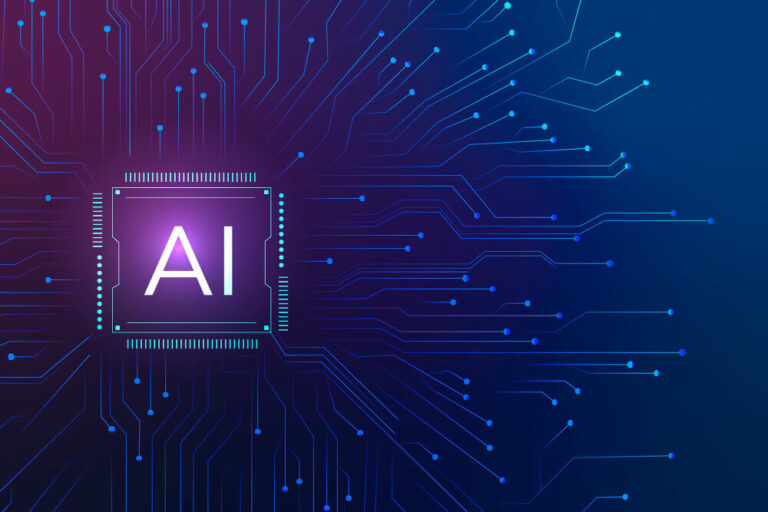Multimodal AI represents a significant shift in how artificial intelligence models process information, enabling them to interpret and connect data from various sources such as text, images, audio, and video. What truly sets multimodal AI apart from traditional AI models is its ability to understand and combine multiple types of data at once, leading to more accurate and insightful outcomes. While traditional AI models often focus on just one type of input, multimodal AI integrates several data streams, bringing richer context to each prediction or analysis.
As organizations look to adopt advanced AI, the demand for solutions that go beyond single-data-type processing has never been higher. The adoption of custom multimodal AI development is increasing because of its flexibility in handling real-world scenarios where data is rarely uniform, helping industries unlock new capabilities and improve results. Those seeking to transform their projects and workflows can benefit from exploring robust options like custom multimodal AI development.
Key Takeaways
- Multimodal AI processes multiple data types at once for deeper insights.
- Traditional models handle only one type of input, limiting context and results.
- Adopting multimodal AI can boost real-world application accuracy and value.
Core Differences Between Multimodal AI and Traditional AI Models
Multimodal AI distinguishes itself from traditional AI models through its integration of multiple data types, more sophisticated model architectures, and enhanced contextual predictions. These differences expand the capabilities and applications of machine learning systems in diverse domains.
Data Input Types
Traditional AI models typically focus on single-mode data—like only text, images, or audio. For example, a unimodal text classifier processes language inputs using tokens, while an image classifier relies solely on visual data.
This approach limits the model’s understanding to the information within one data stream. In contrast, multimodal AI can handle and integrate data from different sources at once, such as combining text, images, audio, and sensor data into a unified representation. This merging allows the system to make use of richer context that a single mode cannot provide.
Model Architecture and Algorithms
Traditional models rely on architectures and neural networks specialised for one type of input. Text models might use recurrent neural networks, while image classification may employ convolutional neural networks. Each algorithm is adapted optimally for its specific data type, which often restricts the ability to generalise or cross-reference information between domains.
Multimodal AI architectures are designed to merge and process several types of embeddings—numerical representations derived from different modalities. These systems might use advanced architectures like transformers that can ingest and jointly reason over multiple data types. The integration can happen at various levels: early fusion (combining raw data), intermediate fusion (merging embeddings), or late fusion (joining model outputs). This design flexibility lets multimodal systems improve accuracy and decision-making for complex tasks.
Key Applications and Impact of Multimodal AI
Multimodal AI is unlocking advanced capabilities in diverse fields by integrating data from images, text, and audio. This technology enables machines to better interpret real-world information, leading to improvements in accuracy, productivity, and user experience.
Text, Image, and Speech Recognition
Multimodal AI models process and analyse information from sources such as photos, documents, and voice commands at the same time. This approach allows for more robust and context-aware recognition compared to single-input systems.
In sectors like healthcare, retail, and finance, applications use image recognition to identify handwritten text from prescriptions, or leverage speech-to-text tools during virtual consultations. Customer support is enhanced through voice bots that understand both spoken words and user intent.
Natural Language Processing Advances
Multimodal AI has transformed natural language processing (NLP) by allowing systems to consider both textual and visual data for deeper comprehension. This is seen in applications such as semantic search, where systems connect text queries with relevant images or videos based on content rather than exact keywords.
For instance, agentic AI chatbots can answer customer questions by referencing both written guidelines and product photos. These models enhance decision-making within support teams and boost customer experience. Nuanced sentiment analysis, multilingual translation, and content moderation also benefit from this integrated approach.Such advancements enable businesses to provide more targeted responses and personalized recommendations.
Conclusion
Multimodal AI stands out by integrating various data types, such as text, images, and audio, allowing systems to draw more accurate and meaningful conclusions than traditional models that analyse only single data types.
This approach provides richer context and enables more natural interactions with technology. As multimodal learning continues to expand, its influence on artificial intelligence is set to grow, shaping more adaptive and capable systems across various fields.


